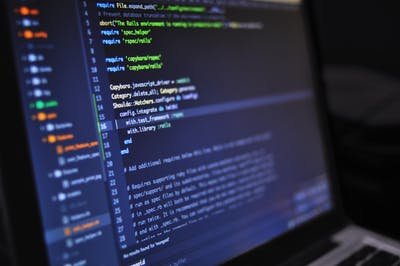Team performance is an estimate of how productive the staff is at work. The workers' value to the business increases as they become more efficient. It is usually estimated using a variety of crucial performance measures, such as the overall amount of tasks the staff can complete in a specific time frame, how well the team's work affects the company's income, or the number of customers they can convert in that time frame. This all can get achieved with the help of time-tracking software with screenshots.
Main Advantages of Time Tracking
Increase Efficiency
One of the core concepts underpinning time tracking and productivity estimation is this. By estimating the effectiveness, you may work on increasing it.
The typical employee is only helpful for a few hours and minutes on a workday. Time tracking involves learning from your tendencies and using knowledge to make simple decisions. It does not include making irrational assumptions.
You may learn how long it takes each employee to complete a specific task by keeping track of their time. This enables you to plan precise and sensible actions to take.
Improve Task Estimations
Nobody enjoys getting hurried when you give a marketer two hours to finish a task that could take twelve, the same thing happens. It will be easier for you to go forward if you have a precise record of how long a previous project took.
While setting up a meter, you may ask an employee how long an activity might take. They're either on Chat or seated next to you, making things reasonably simple.
However, you can use time-tracking information rather than dragging them away from their work to recall a previous task and estimate various hours. Estimate how long the group will take to complete this new task using comparable jobs you've worked on before. This saves you and the staff from many ineffective running back and forth.
Common Time-tracking Techniques
We've made a lot of progress from tapping a time card into a focal time clock. If you do keep track of the time, you probably use one of the following techniques:
Manual Time Tracking: Timesheets Or Accounting Forms On Paper
Organizations that track time physically either employ accounting sheets or paper and pen. This is a common practice in service-based businesses where timesheets get used to pay workers and charge customers. Timesheets can get used to tracking an employee's shift or the duration of time they spend on a task. Employees note the beginning and end times on a sheet of paper.
When handling an activity or after finishing it, they may do this. Since employees get focused on their tasks, most businesses that use this method continue for the rest of the day. This is true, for example, for developers and contractors who must focus while working rather than constantly logging their start and end timings.
Structures For Swipe Cards
Punch card frameworks have got upgraded to become swipe card frameworks. Although the concept is similar to punch cards, they provide many more functions.
These time-tracking systems can monitor employees' time and control access to designated workstations. They can also monitor breaks, departures, and involvement.
You might even integrate them with the accounting plan to improve the standard method of paying employees for their time.
While using swipe card technology, workers swipe the cards to access and leave the office. The algorithm then determines the number of hours worked by comparing each employee's shift's starting and ending times.
Does It Include All the Elements Required?
Before joining, thoroughly consider the kinds of features you require. A single setup is far preferable to separating software and relying on accounting sheets to provide everything in one view.
Effectiveness: Examine whatever got completed while keeping track of time in addition to the daily and weekly aggregates. Productivity tools give timesheets different contexts like activity levels, programs, URLs utilized, and additional screenshots.
Billing: Use time tracking software to systematize it rather than physically exchanging timesheets and sending out requests. Some tools can automatically create information and calculate sums based on the number of hours worked and the bill rates you establish for different employees.
Project Management: This is a good element for every company. Search for software that enables you to create a project budget and notifies you when your team is about to go over budget for either labour or materials.
Automated Statistics: Save time by not physically compiling time-tracking records. Look for a service that can send reports to the email and generate reports independently. You can save filters and have accounts created automatically with more particular software.
Conclusion
To expand and excel in the business, it is essential to monitor and control employee productivity. By spending money on the free time tracking software, one can effortlessly keep tabs on the output and performance of the staff members.







